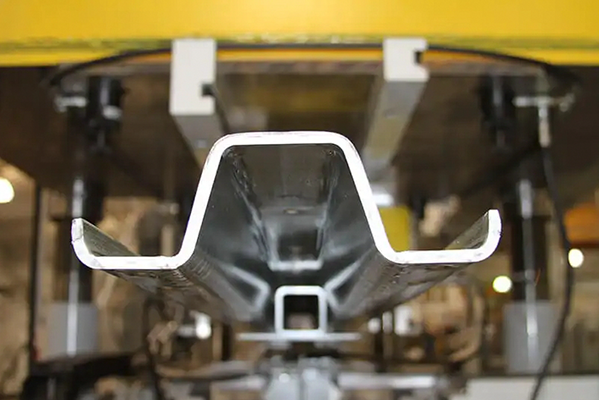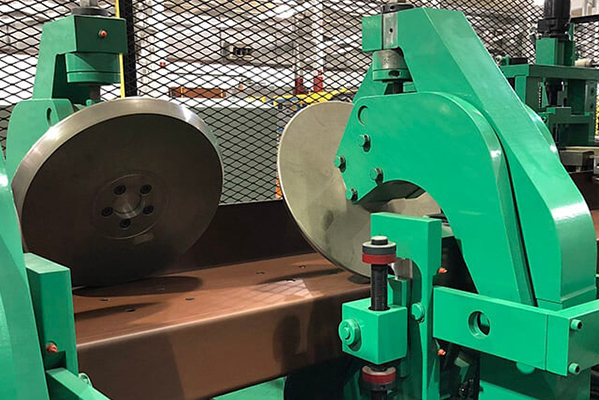Navigation Menu
Contact Us
- Email:
- info@wxavatar.com
- Address:
- Yurong Village, Yuqi Street, Huishan District, Wuxi, China.
Release Date:May 15, 2025 Visit:163 Source:Roll Forming Machine Factory
Purlin rollforming equipment plays a key role in metal fabrication, especially in producing structural components for buildings. While CNC-controlled purlin roll formers offer precision and efficiency, many manufacturers still rely on older, manual machines. So, what’s holding them back from making the switch?

Cost Considerations
One of the biggest barriers is the initial investment. CNC-controlled purlin rollforming machines come with a higher price tag compared to traditional models. Small to mid-sized manufacturers may find it challenging to justify the expense, especially if their current equipment still meets production demands.
Training and Skill Requirements
CNC machines require operators with specialized training. For companies with long-time employees familiar with manual machines, the transition can be daunting. Training staff or hiring new technicians adds to the overall cost and downtime, making some hesitant to upgrade.
Production Volume Needs
Not every manufacturer needs the advanced capabilities of CNC purlin roll formers. Businesses with lower production volumes or simpler product requirements might not see enough benefit to warrant the change. If their current setup gets the job done, they may prefer sticking with what they know.
Maintenance and Support Concerns
CNC machines, while efficient, can be more complex to maintain. Some manufacturers worry about the availability of technical support and replacement parts, especially in regions where service networks are limited. Reliability is crucial in production, and downtime can be costly.
Market Competition and Industry Trends
In industries where competition is based more on price than precision, investing in high-end purlin rollforming equipment may not provide a clear advantage. Some manufacturers may wait until customer demands shift or until more competitors adopt CNC technology before making a move.

The Future of Purlin Rollforming
While CNC-controlled machines offer clear benefits in speed, accuracy, and flexibility, the decision to upgrade depends on multiple factors. As technology becomes more accessible and workforce training improves, more manufacturers may gradually transition to CNC purlin roll formers. For now, many are weighing the pros and cons before taking the leap.
If you're considering upgrading your purlin rollforming equipment, assessing your production needs, budget, and long-term goals can help determine if CNC is the right choice for your business.